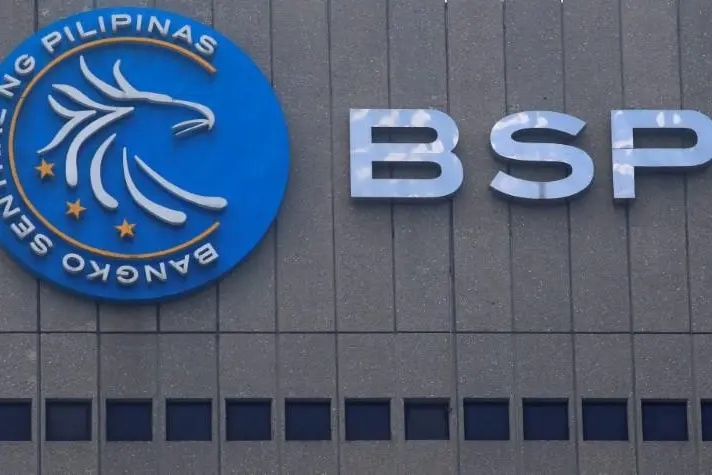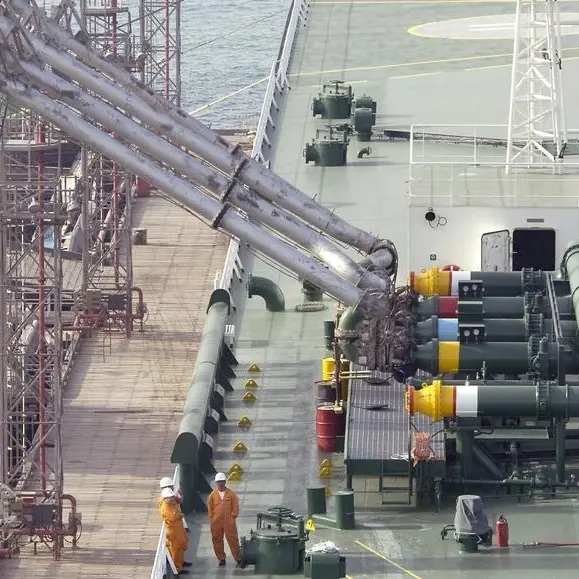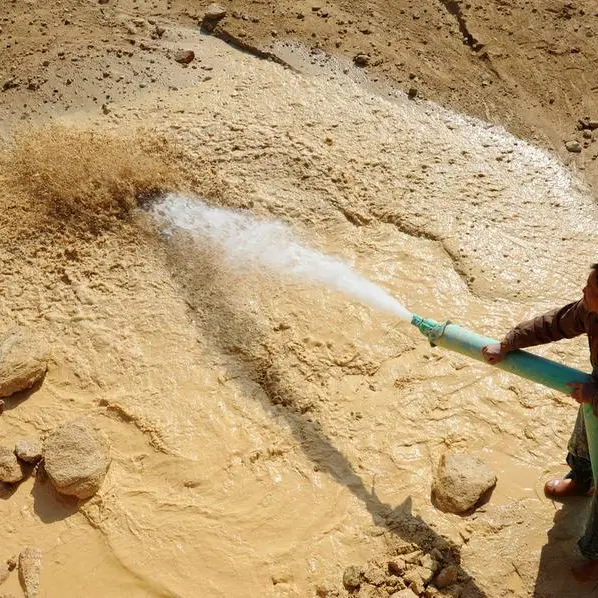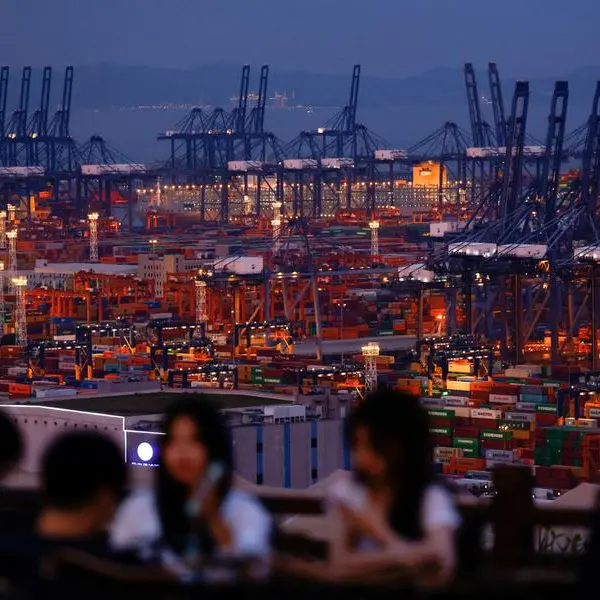PHOTO
The Bangko Sentral ng Pilipinas (BSP) should continue rebuilding its gross international reserves (GIR) amid the wide current account deficit and heavy reliance on debt funding, according to Bank of America (BofA) Global Research.
In a report released yesterday, BofA Global Research said central banks that defended their currencies since 2022 have either lost spot reserves or collected short forward positions and foreign exchange (FX) liabilities.
'The BSP, the Bank of Thailand and the Monetary Authority of Singapore have long forward positions and have worried more about avoiding overvaluation to strike a better external balance,' BofA said.
'These would be better placed, but given the current account deficit, heavy reliance on debt funding and relatively lower reserves, BSP may still be well-advised to continue building reserves buffer,' it said.
Based on the latest central bank data, the country's GIR level slipped by 0.6 percent to $102.67 billion in February from $103.27 billion a month prior, marking the second straight month of decline.
Still, it was 4.5 percent higher than the $98.22 billion recorded in February 2023. The buffer has stayed above the $100-billion level since October last year.
The BSP dipped into the buffer to intervene in the foreign exchange market as the peso slumped to an all-time low of 59 to $1 in October 2022 amid the aggressive back-to-back rate hikes from the US Federal Reserve.
The peso has since appreciated against the dollar, closing at 55.92 to $1 on Tuesday, as the BSP mirrored the Fed's policy moves and its intervention in the foreign exchange market.
However, BSP Governor Eli Remolona Jr. earlier said the BSP is looking to limit its intervention by finalizing a new framework this year. The framework aims to make the peso more competitive and reduce restrictions in the FX market.
According to BofA, the beginning of the Fed's easing cycle by mid-year is expected to ease depreciation pressures among emerging market currencies.
'Around mid-year, Fed cuts could allow high-yielders, Indonesia and Philippines to begin a deep cutting cycle and attract more carry flows,' it said.
The research firm said it compared current market expectations, implied by swap markets, with BofA projections of rate cuts in the Philippines over the next two years.
Copyright © 2022 PhilSTAR Daily, Inc Provided by SyndiGate Media Inc. (Syndigate.info).





















